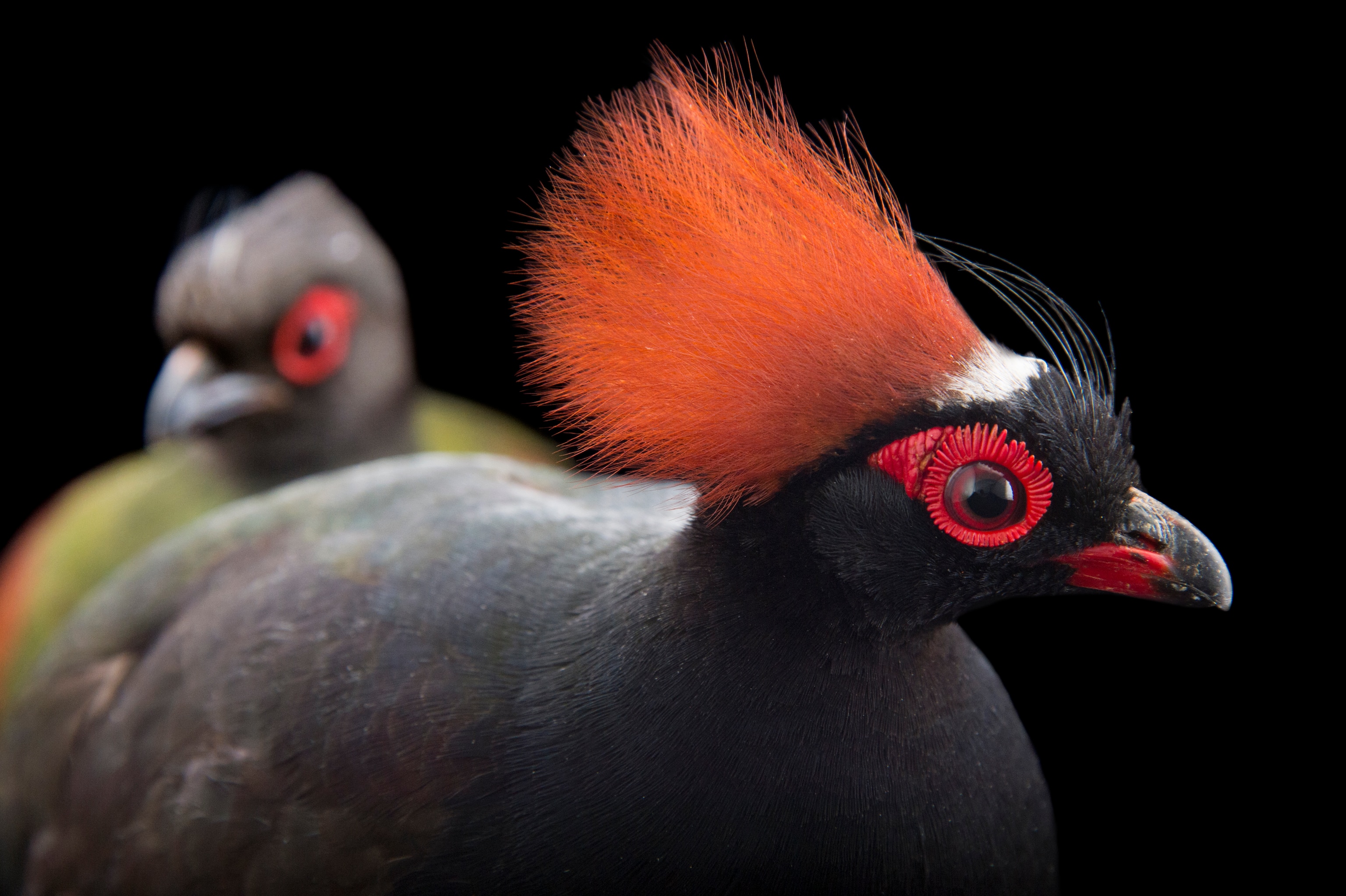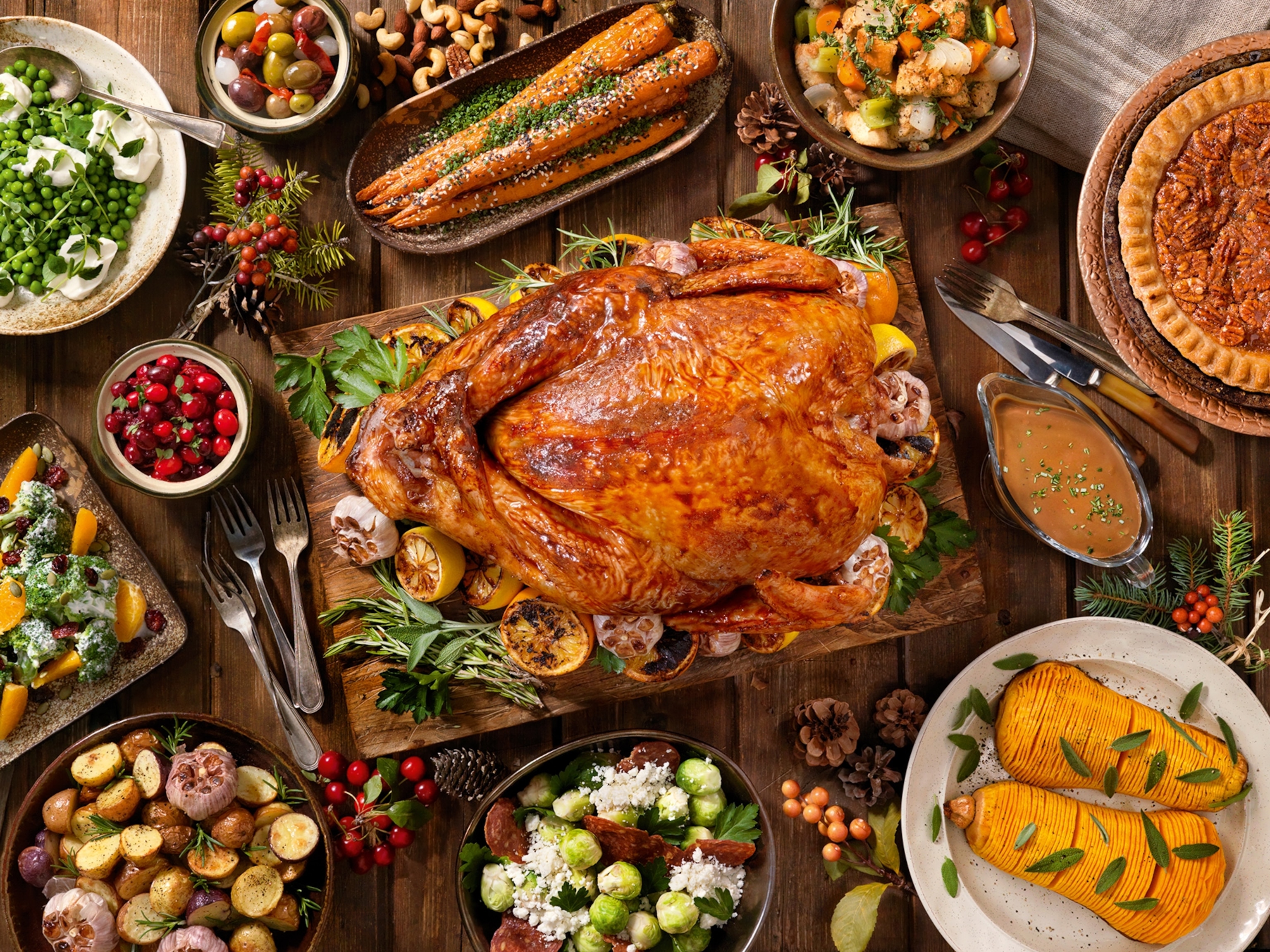Game birds include some of the most familiar fowl, such as turkeys, partridges, and chickens—ground-dwelling species that have long been domesticated for their meat and eggs.
But many members of the order Galliformes are anything but ordinary barnyard birds. Gloriously colored peahens, vibrant pheasants, fancy-feathered quail, and many other species are visual standouts in any forest or field. In many cases, male game birds compete for females by showing off their bright hues, fleshy wattles, knobby head combs, and more. Finding mates is such serious business that such adornments usually serve no other practical purpose, like the male Indian peacock’s striking eyespots.
Many of these spectacular birds, found on every continent except Antarctica, are
hunted for meat while their home territories are fractured and shrinking due to human development. According to the International Union for Conservation of Nature, more than 25 percent of the approximately 290 Galliformes species are classified as at risk of extinction.
“The bottom line is that each bird species is a true work of art, honed over eons, and yet so many are endangered now,” says photographer Joel Sartore, founder of the National Geographic Photo Ark, which illuminates the world’s biodiversity to inspire conservation action.
“I still don’t understand it. We stand guard over paintings in art galleries 24 hours a day, but we’re allowing these living works of art to slip away?” he says by email. “That’s not acceptable, and it’s why I’m doing the Photo Ark."



















